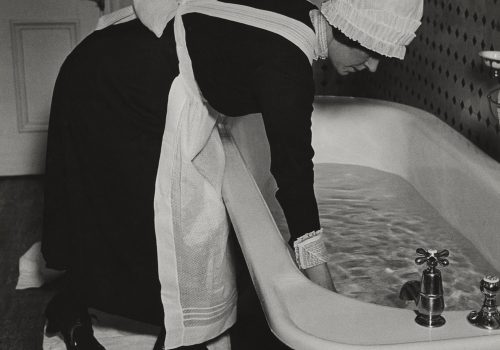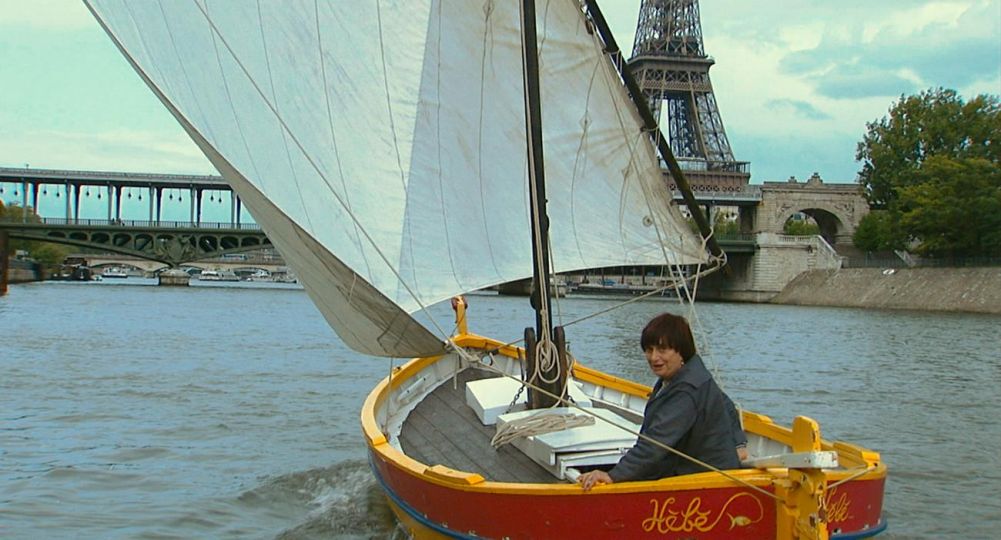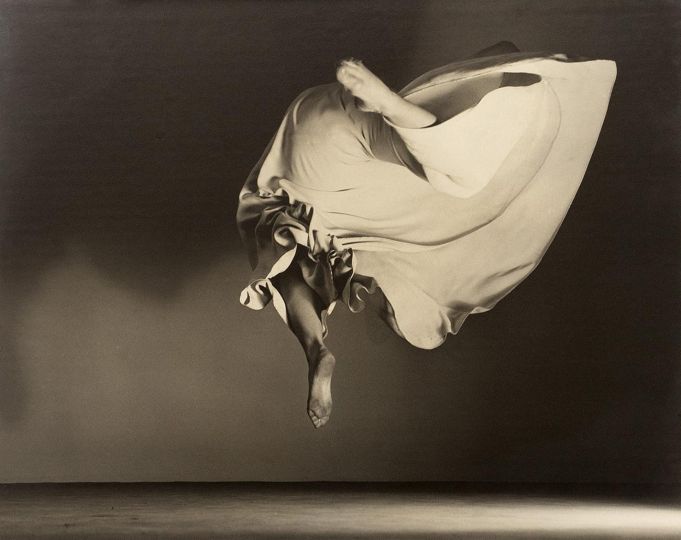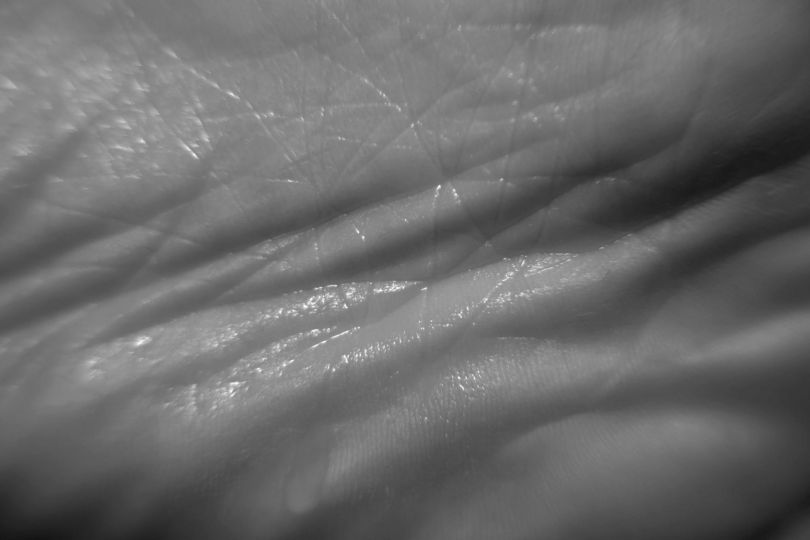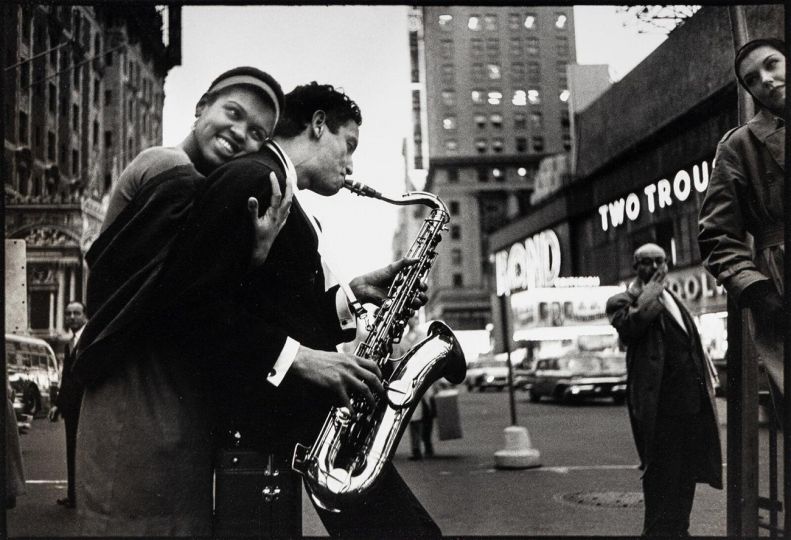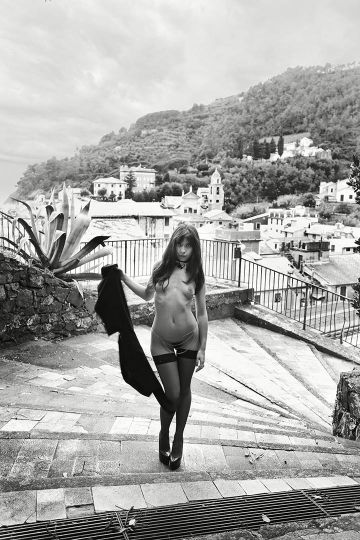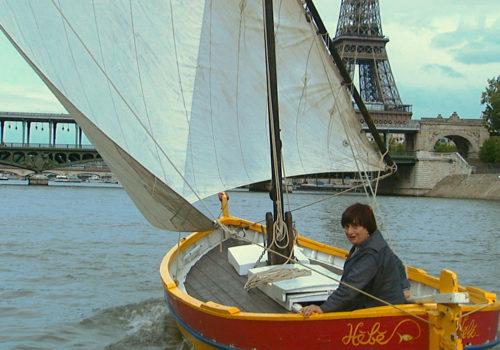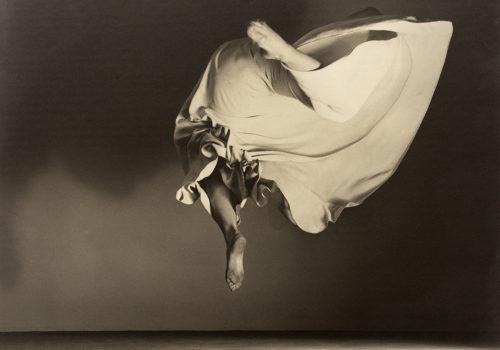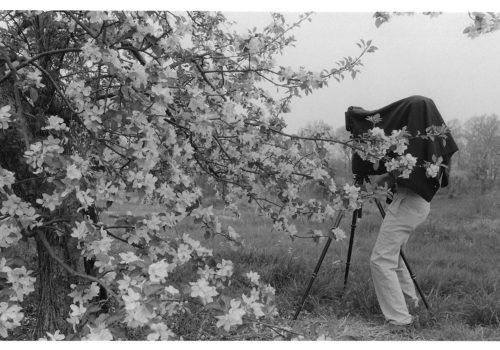Opening in Paris of a new place dedicated to film photography in the Marais, 5 rue des Haudriettes.
Its name: Ithaque.
In addition to a shared dark room fitted out to accommodate photographers, its owner, photographer Alexandre Arminjon has designed an exhibition space open to the street.
The first exhibition which takes place until February 3rd brings together photographs by Bill Brandt, Ralph Gibson, André Kertész, Édouard Boubat, Jean-Philippe Charbonnier, Claude Iverné…
Jean-Baptiste Gauvin, who was one of the collaborators of the Eye of Photography, sent us this text.
The energy of a first song

